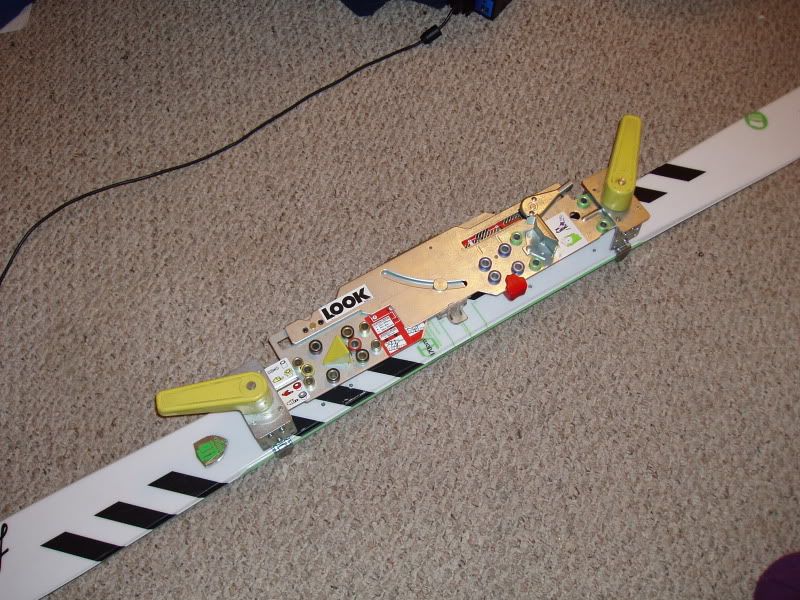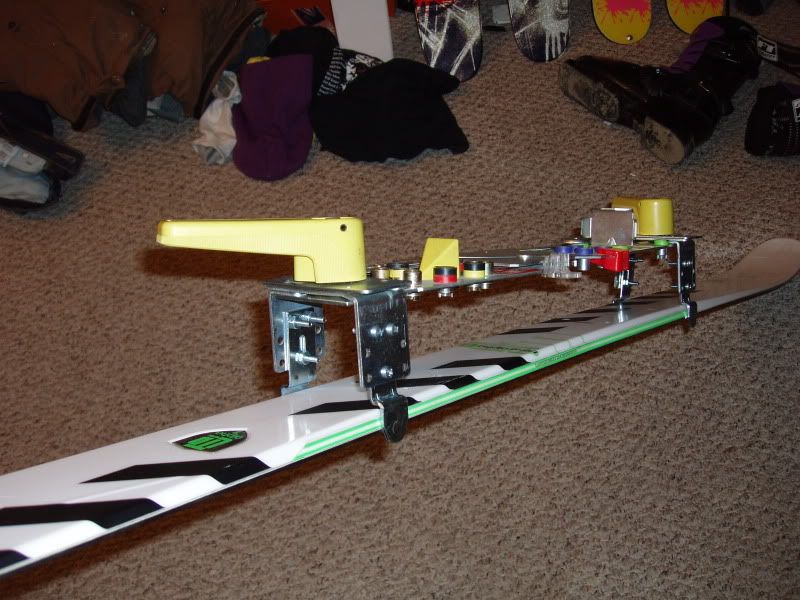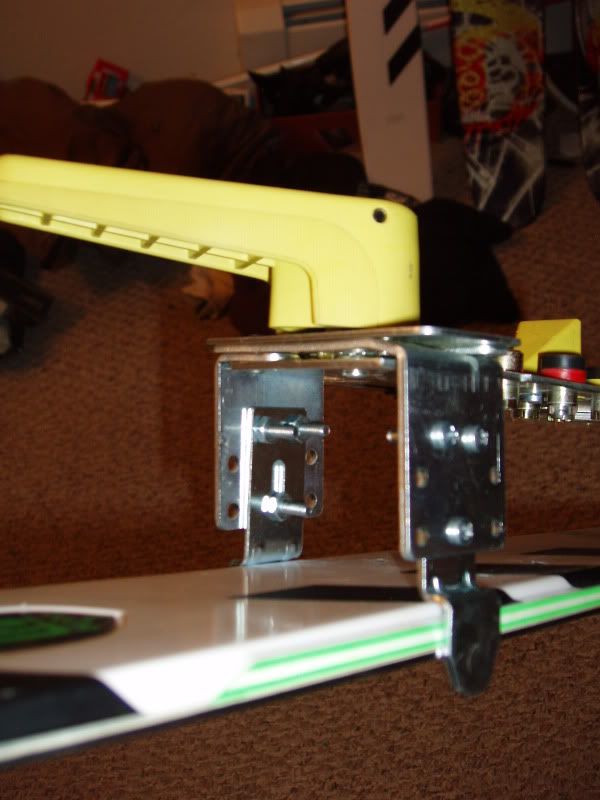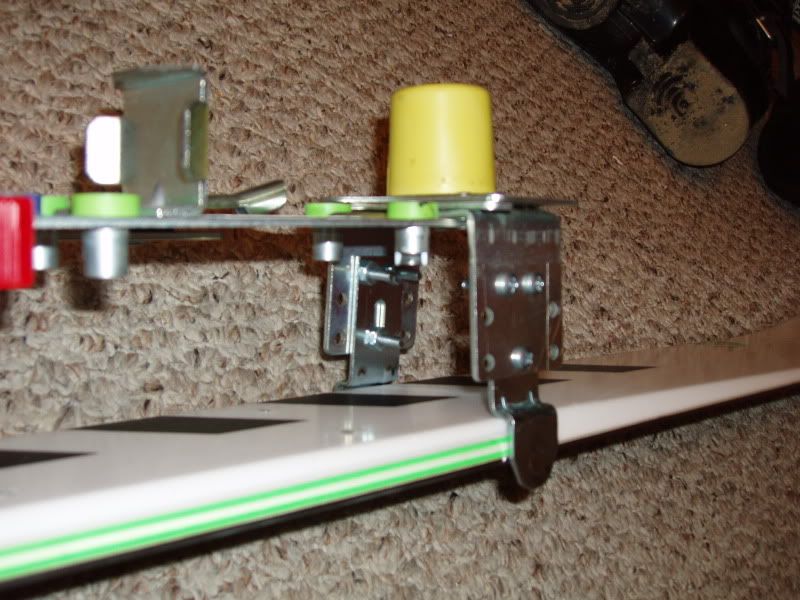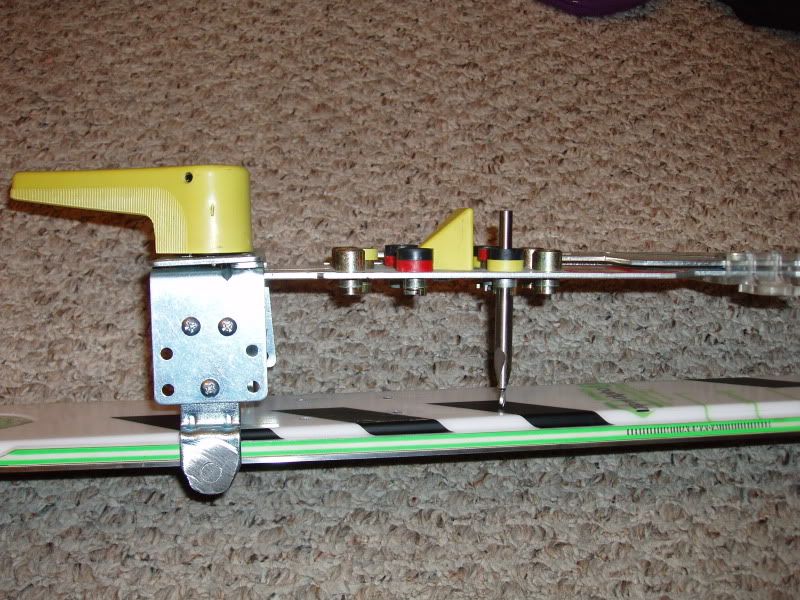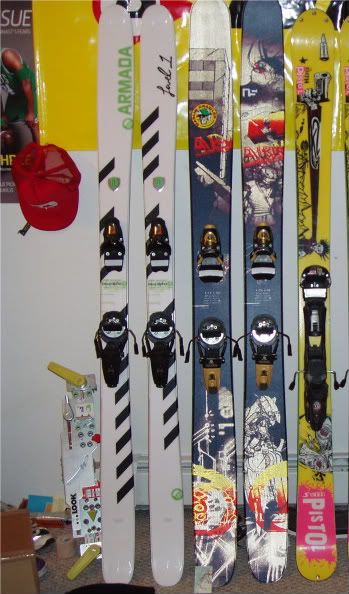kthnxbai.
Active member
Hey guys I did some searching but didn't find anything on here regarding modifying binding jigs for fat skis. Most older binding jigs (that most people buy used) do not open very far. Since most of us don't have the ability to go out and buy new jigs because they are expensive and hard to find if you dont work at a shop, we have to modify them. There are some adapters, tyrolia off the top of my head, that made some extenders for fat skis, but even those don't open wide enough for super fat skis.
There is a fairly cheap option that you can use to solve this problem. It does require knowing how to use a grinder or some other tool that can cut/ grind metal (a dremel might work). Basically you can go to any hardware store and you need to look for Sliding Closet Door Replacement parts. You want to look for Sliding Door "rollers". They are a zig-zag type bracket with a wheel that will give you the extra width that you need on the jig. You can usually find them with offsets (spacing) from 3mm up to 20mm. I choose to go this route solely because I didn't wanna mess around with the welder and trying to square up a thin piece of steel without warping it.
I started out with your basic Look FKS/Axium Jig that only opened up to 86mm
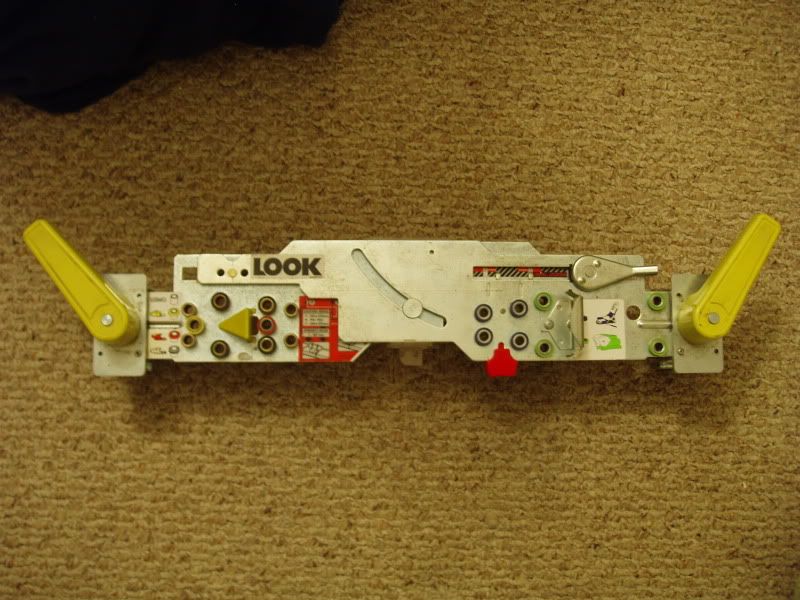
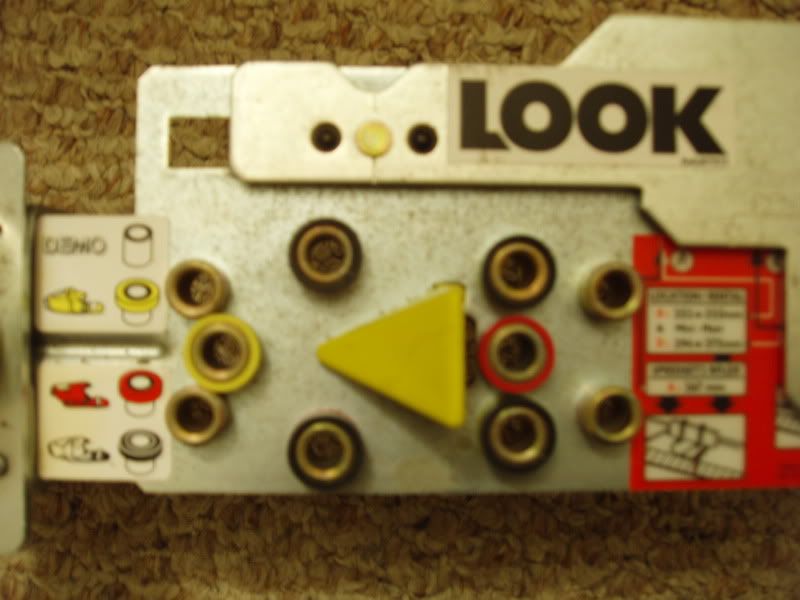
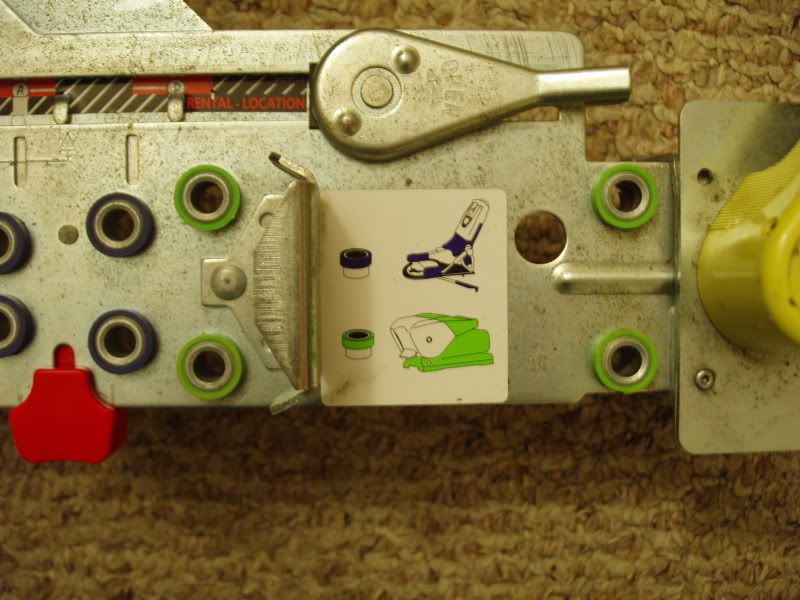
this is the sliding door roller bracket that you should look for. there are other types of roller brackets but they arent all flat and therefore won't line up squared
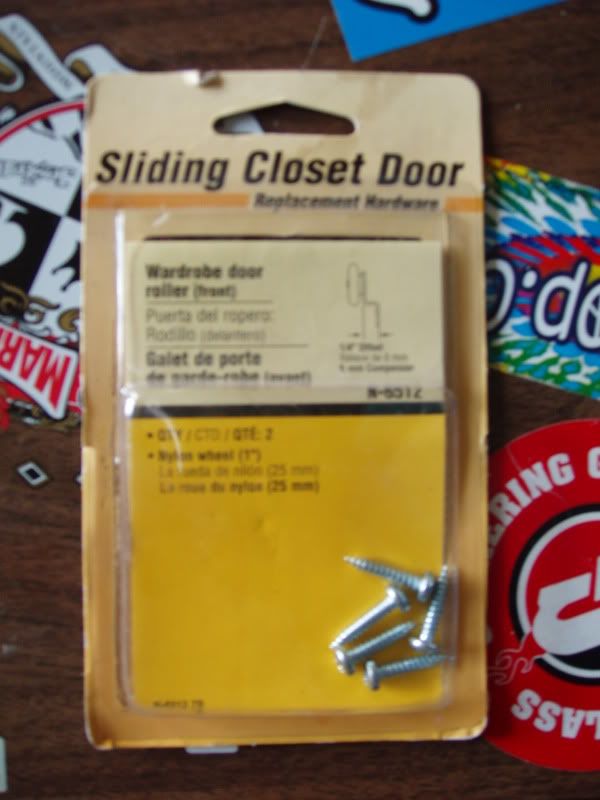
this is the bracket with the castor wheel already ground off
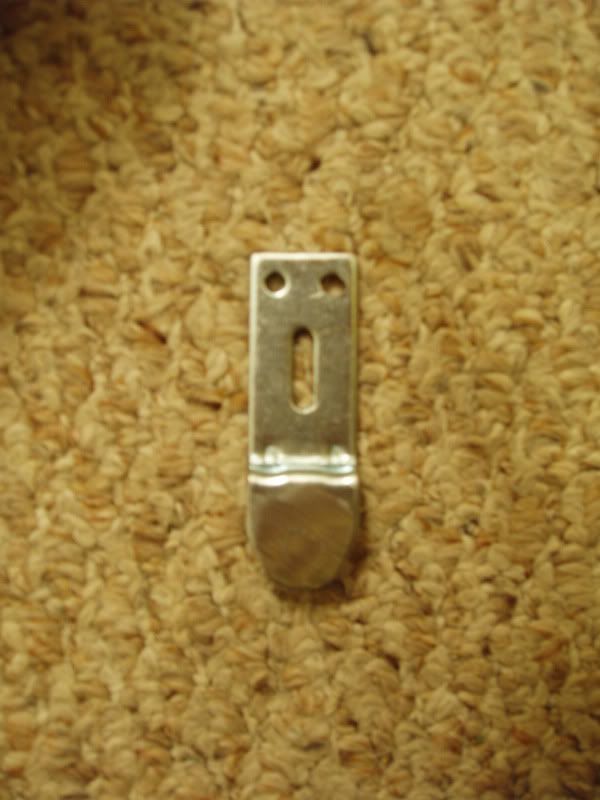
most jigs have holes in the clamps where you should be able to line up the bracket. i happen to get lucky and have 2 holes line up right away. I might have been able to get away with that but I certainly wasnt content with that. So I bolted the bracket on with the two bolts that lined up and broke out the drill. I drilled the 3rd hole out on each side so the brackets would line up. Make sure you take your time and make sure they are square.
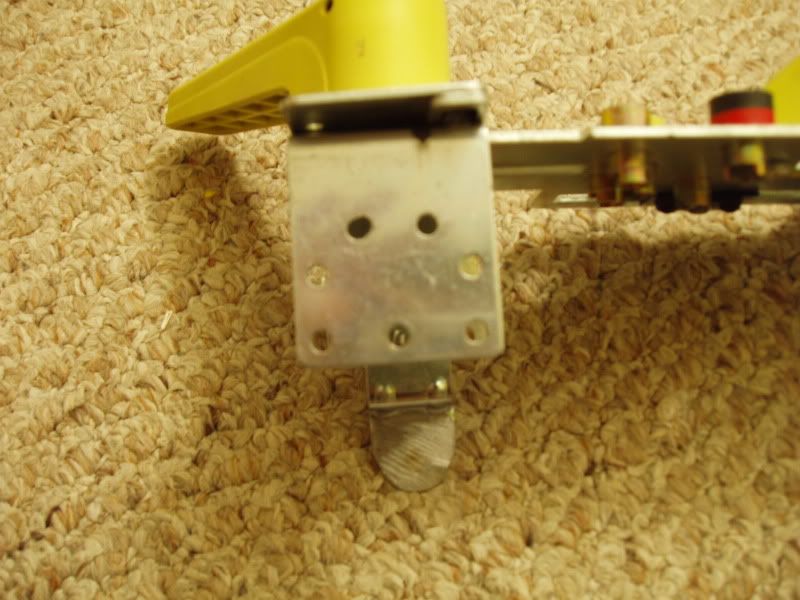
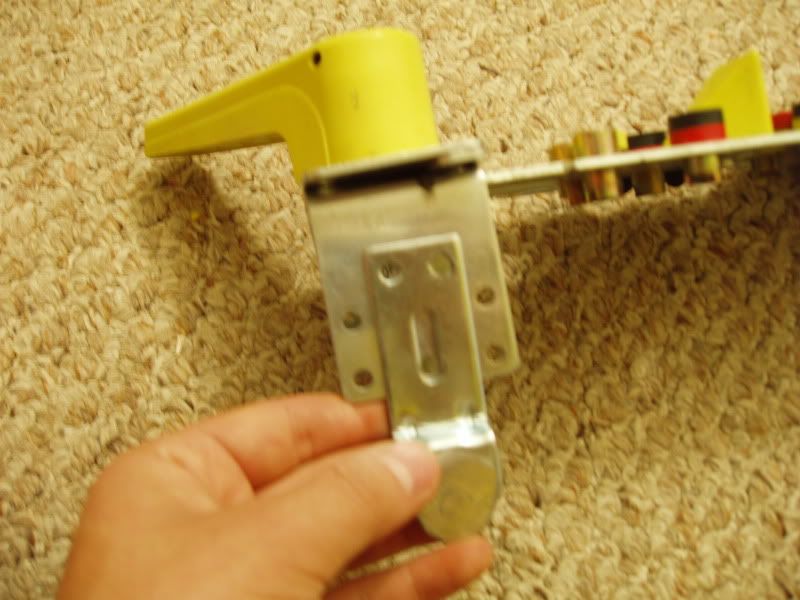
then you can bolt on your extenders! in this case I bought a set that was 6mm offset (park skis) and a set that was 19mm offset (pow skis). I checked the width of the brackets with a set of Vernier Digital Calipers to make sure the jib would square up correctly on the ski and checked the run-out with a Dial Indicator (probably not necesary). I also checked to make sure the jig was centered over a pair of test skis with the digital calipers.
finished pics with the 6mm offset brackets



19mm offset brackets (still 6mm on the far side, put the fat ones on to show you)

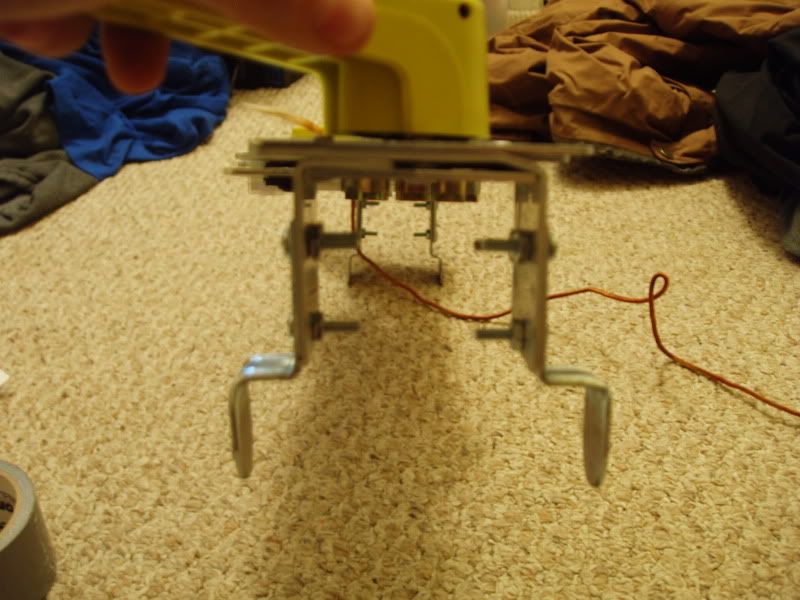

you can also mount the brackets on the inside or outside of the clamps if you need a couple extra or less mm on a ski. I would recommend to mount the on the inside at all times if possible.
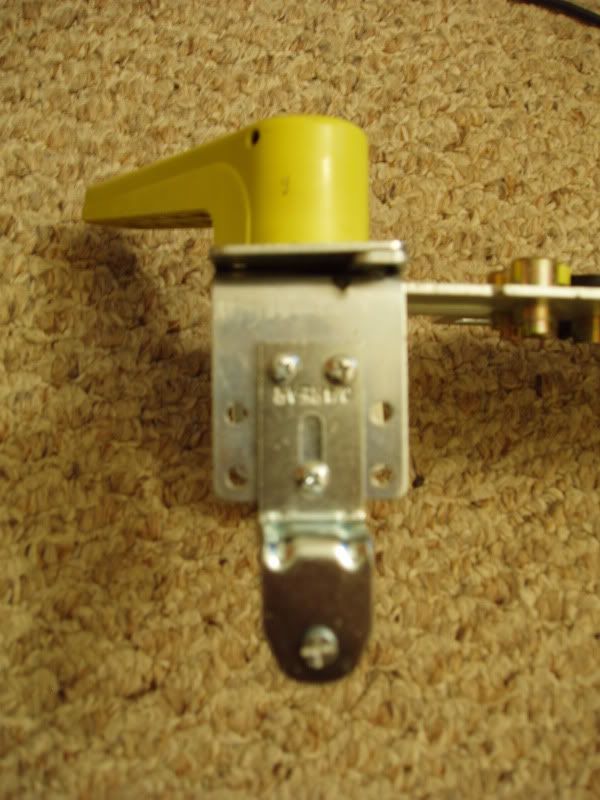

Disclaimer- Do Not Attempt to mount skis or modify a jib without the probably tools or experience.
Hopefully this will help someone.
-Matt
There is a fairly cheap option that you can use to solve this problem. It does require knowing how to use a grinder or some other tool that can cut/ grind metal (a dremel might work). Basically you can go to any hardware store and you need to look for Sliding Closet Door Replacement parts. You want to look for Sliding Door "rollers". They are a zig-zag type bracket with a wheel that will give you the extra width that you need on the jig. You can usually find them with offsets (spacing) from 3mm up to 20mm. I choose to go this route solely because I didn't wanna mess around with the welder and trying to square up a thin piece of steel without warping it.
I started out with your basic Look FKS/Axium Jig that only opened up to 86mm



this is the sliding door roller bracket that you should look for. there are other types of roller brackets but they arent all flat and therefore won't line up squared

this is the bracket with the castor wheel already ground off

most jigs have holes in the clamps where you should be able to line up the bracket. i happen to get lucky and have 2 holes line up right away. I might have been able to get away with that but I certainly wasnt content with that. So I bolted the bracket on with the two bolts that lined up and broke out the drill. I drilled the 3rd hole out on each side so the brackets would line up. Make sure you take your time and make sure they are square.


then you can bolt on your extenders! in this case I bought a set that was 6mm offset (park skis) and a set that was 19mm offset (pow skis). I checked the width of the brackets with a set of Vernier Digital Calipers to make sure the jib would square up correctly on the ski and checked the run-out with a Dial Indicator (probably not necesary). I also checked to make sure the jig was centered over a pair of test skis with the digital calipers.
finished pics with the 6mm offset brackets



19mm offset brackets (still 6mm on the far side, put the fat ones on to show you)



you can also mount the brackets on the inside or outside of the clamps if you need a couple extra or less mm on a ski. I would recommend to mount the on the inside at all times if possible.


Disclaimer- Do Not Attempt to mount skis or modify a jib without the probably tools or experience.
Hopefully this will help someone.
-Matt
